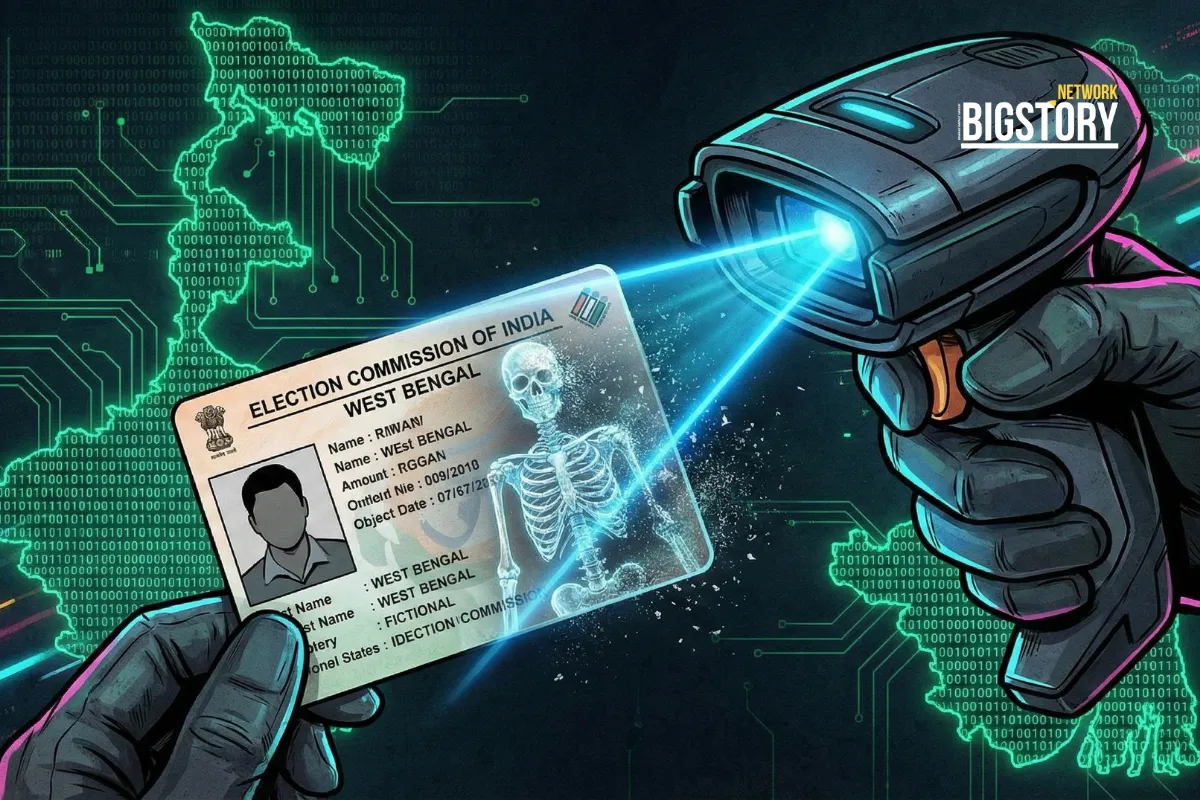EPFO has changed PF withdrawal rules in India. Only 75% can be withdrawn after job loss, with 25% locked for 12 months. Supporters say it protects retirement savings, critics call it “open theft.” Here’s what it means for your money.
 Brajesh Mishra
Brajesh Mishra

The Employees’ Provident Fund Organisation (EPFO) has rolled out one of the biggest overhauls to India’s retirement savings system in more than a decade. Effective mid-October 2025, members will no longer be able to withdraw their entire PF corpus just two months after job loss. Instead, they can now withdraw 75% immediately, while the remaining 25% will stay locked in and can be accessed only after 12 months of continuous unemployment. For pension withdrawals under EPS, the waiting period is now 36 months.
The move, described by officials as a “retirement security push,” is being met with equal parts support and backlash.
Under the new system:
This mandatory cushion will continue to earn interest until retirement. EPFO officials say the goal is to discourage premature withdrawals that leave many Indians without adequate old-age savings.
For years, EPFO data has shown a troubling pattern: most workers empty their PF accounts soon after job loss, long before they reach retirement age. With rising unemployment volatility, gig work, and minimal social safety nets, India faces a growing risk of a retirement savings crisis.
Union Labour Minister Bhupender Yadav said the change “will help workers safeguard their future earnings and enjoy the power of compounding.”
Behind the timing, there’s also politics. With multiple state elections approaching, the government is presenting the reform as part of its “ease of living” agenda and as a long-term social protection measure.
Unions argue the reforms hurt workers who rely on PF funds during emergencies. A CITU statement said, “This is people’s hard-earned money, not the government’s to lock away.”
Workers’ reactions are divided. Some praise the policy as forced discipline that might protect their future selves. Others see it as the state interfering in personal financial decisions.
“It’s good for retirement, but what about those who lose their jobs and need 100% access now?” — User testimony on social media.
“This ensures members enjoy one of the world’s highest guaranteed rates of interest in any pension system.” — EPFO spokesperson.
The reforms are being powered by EPFO 3.0, a new digital architecture that uses automation and AI to speed up claims and reduce fraud.
Officials say this will make withdrawals and settlements faster and more transparent.
The reforms go beyond procedural tweaks. By mandating a 25% lock-in, the government is taking a firm step towards forced savings—a model many developed countries use to tackle pension shortfalls.
But it also raises a philosophical and political question: Should the state force individuals to save for their own future at the cost of liquidity during crises?
Unions argue that low-income and gig workers will suffer most, while policymakers see it as a necessary nudge.
The outcome of this reform will likely set the tone for how India approaches social security and retirement policy for decades to come.






Sign up for the Daily newsletter to get your biggest stories, handpicked for you each day.
 Trending Now! in last 24hrs
Trending Now! in last 24hrs



